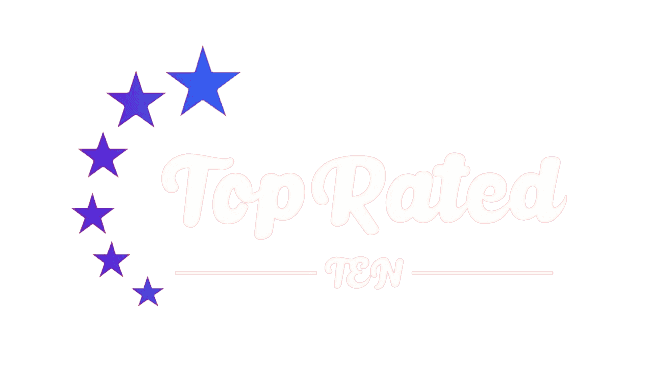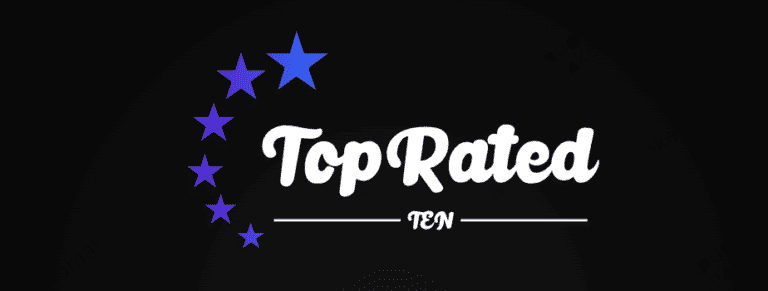1

- Free
- 100M devices
2

- Free
- 7M users
3

- $2 per month
- 25M users
4

- Free
- 10M users
5

- Free
- 40M users
6

- Free or $4.99
- 5M users
7

- Free
- 350 million devices
8

- $1.99
- 1 million devices
9

- Free
- 30K users
10

- Free
- 10M users

We find the 10 best options, so you can make informed decisions on tons of products and services.
Using Team Collaboration Tools to Promote Growth
No matter the industry, every company has this goal in mind – growth. From tech companies to retail and media, growth can mean not only expansion in terms of employees and team members, but in sales, brand awareness, and recognition.
Growth is dependent not only on hiring the right talent, but on collaboration between team members. We are exploring how collaboration tools can be used to promote collaboration and fuel growth promoting factors that can catapult your company forward.
Encourage Open Communication
One of the biggest advantages that communication tools bring to a team or company, is the ease and “security” of idea sharing. The most common way for companies to discuss new ideas is through a group meeting or boardroom gathering, where all eyes are fixed on the speaker. Because of the pressure, team members often shy away from sharing their thoughts or ideas, out of fear of saying the wrong thing and being shut down in front of others. This is also a time consuming process, as everyone has to gather in one place, and the right scheduling time has to be found that is suitable for everyone.
Collaboration tools give employees the confidence to share ideas and thoughts, as this time they are not face-to-face; rather, they are behind a computer or phone screen. This can also be done instantly, without the distractions of arranging meetings, or getting up from a desk to speak to a colleague down the hall. One of the most popular tools out there, Slack, helps companies of all sizes stay connected and in sync. It offers a web and mobile app with an excellent chat system for quick and easy conversations. So whereas with group meetings, some may feel embarrassed to share their thoughts on why last quarter’s revenues slumped, they will feel a whole lot more confident throwing their ideas out there through Slack. They may even give suggestions for products or features to promote more business, or improve current offerings. Oftentimes the most wild ideas are the best ones, so it’s important to not only welcome new ideas, but listen to and consider them all.
Aside from promoting open communication between team members, collaboration tools make it easy to stay in touch. Platforms such as Bitrix24, often compared to Slack, and Glip are known for their video call capabilities. Bitrix24 enables solo and group video calls to stay connected at all times, whether you’re in the office, at home, or on the road. Glip is another alternative, which is used by several Fortune 500 companies. It allows users to video conference with others on their team, or with external contacts, such as partners or clients.
Set Goals
Another advantage of collaboration tools is that you can easily set goals and keep team members on the same track. Not only does the leader need to know where the team stands, but the individual team members must know what their roles are and when assignments are due.
Asana is one of the most well-known project management tools available. It lets managers assign tasks to individuals, and allows team members to assign tasks to each other. They can also add people to certain projects and monitor deadlines, making sure that projects get handed in on time. It’s also useful for planning and strategizing tasks, as you can create a to-do list or use the calendar to plan your schedule.
Trello is another popular project management tool. It’s slightly more geared to “techie” companies, as it simplifies using frameworks such as AGILE and SCRUM. Trello has a really nice interface and is simple to use. Some say its layout looks like a solitaire game, as you can drag and drop task cards to different rows and columns and organize them however you want. Like Asana, it’s easy to use and does a good job of monitoring and managing projects and assignments.
In the landscape of project management tools, it’s vital to consider various options that cater to different needs. While discussing tools like Asana and Trello, exploring monday.com alternatives provides a broader perspective on available solutions, enabling companies to find the best fit for their unique workflows.
Avoid Micromanagement
Whether it’s the C-suite or lower-level leadership, leaders often have a habit of micromanaging. From overseeing how a project gets done, to the steps taken to complete a task, micromanagement has been proven to slow companies down and hinder growth.
With collaboration tools, you are able to see not only who is working on what, but how they’re progressing. Using tools to avoid micromanagement allows leaders to save time and be more productive by focusing their energies on different areas. Companies that use collaboration tools are able to keep an eye on their team members and their pace of progression in a quick and easy way.
One tool that many companies use to manage employees efficiently, is the well known Evernote. With the tagline, “Get organized. Work smarter. Remember everything”, Evernote allows companies, teams, and individual employees to do just that. It keeps users constantly in sync, whether from home or on the road, so that they can stay on top of tasks. From an initial brainstorming session, to a finished product, they can share updates with people to let them know how they’re progressing.
Since micromanagement can hinder business and employee development, it’s crucial to have a tool that allows for easy updates and smooth project communication. Like Evernote, Podio allows users to not only manage projects, but share tasks with people and check the stages and progress of a project. This makes it easier to manage from above and oversee, rather than inspect on a micro and nitty-gritty level.
Promote Teamwork
Though it may seem like collaboration tools separate teams and promote individuality, more often than not the opposite is true. Yes, it creates a communication channel between individuals who no longer have to meet in person to discuss matters, but it allows these members to work together from anywhere and at any time of the day. Collaboration tools bring employees together virtually and make their work together easier and seamless. Some of the platforms out there that promote teamwork are Basecamp and Ryver. Both of these tools offer a suite of features to promote collaboration and teamwork within companies, such as file sharing, messaging, task assigning and management, and group and private messaging.
Another great option is Matter Most, which offers many of the same features as other collaboration tools, but with extra security. It is often compared to Slack, with a major differentiating factor being that Matter Most is self-hosted to keep all information and project updates secure.
With features packed into collaboration tools, not only will projects run smoothly, but they will run with a team behind them that works together.
Growth is a Tool Away
By embracing a range of collaboration tools, including exploring monday.com alternatives, companies can effectively harness technology to drive growth, enhance team dynamics, and achieve their goals with greater efficiency.
Collaboration tools are usually seen by companies and leaders as a platform to help teams reach their end goals. But instead of just looking at the tool as a way to get there, they should view them as a powerful catalyst to promote growth—with open communication, clearly set goals, less micromanagement, and more teamwork. Growth is just a tool away.


